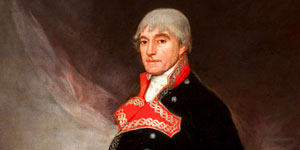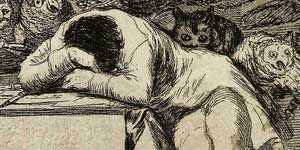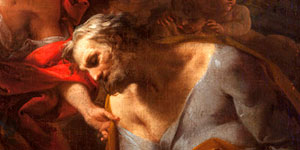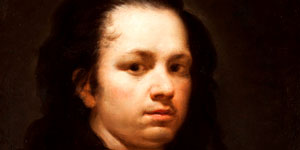Goya in the museum
The museum displays 14 paintings, one drawing and the five grand series that Goya engraved. The chronology of these works by Goya, ranging from his youth in Zaragoza (1762-1774) to his time in Bordeaux, where he died in 1828, makes this museum one of the leading centres of knowledge about the work of the painter from Fuendetodos.






